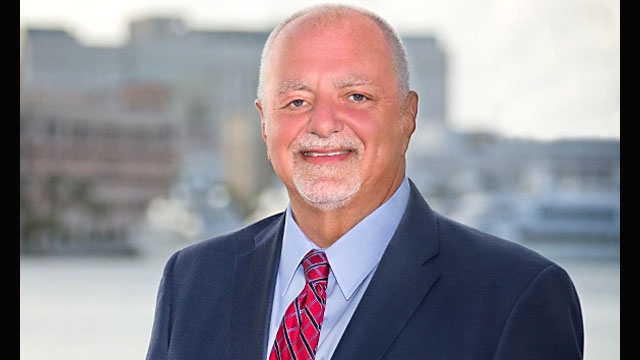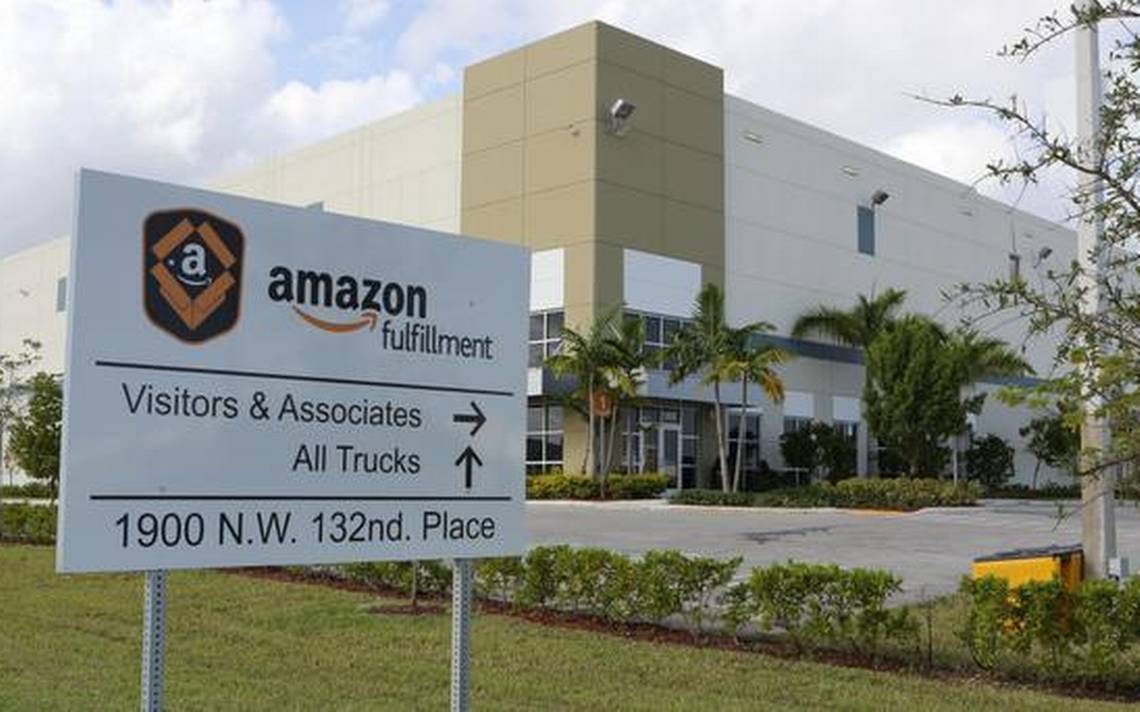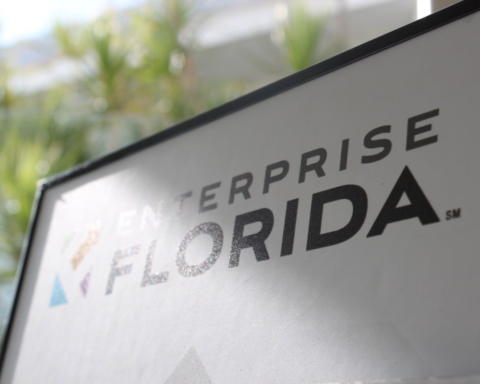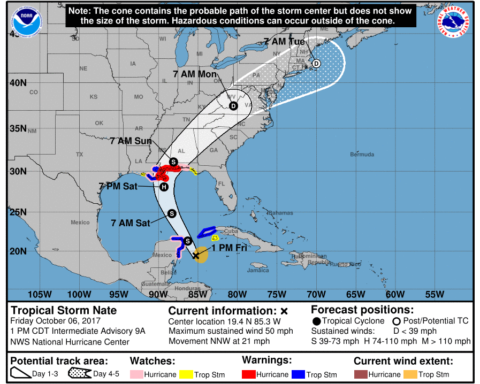Surely it must be the Miami-Fort Lauderdale area, where the traffic jams are legendary. Or Orlando, where thousands of often lost and wandering tourists mix with residents to create a glacial sludge of cars. And if not those, it must be the Tampa Bay area, where many commuters contend with bridges and causeways as they go from one side of the water to the other.
No, no and no.
The longest average commute in Florida is found in the relatively small Cape Coral-Fort Myers metro area, according to U.S. Census Bureau data.
A combination of canals that obstruct direct routes, the need for many residents to cross the Caloosahatchee River from Cape Coral to Fort Myers and a lack of population density among Cape Coral’s vast 120 acres all contribute to a mean travel time to work of 28 minutes, the state’s longest.
“You have to understand, we have 400 miles of canals. It’s a great asset, but it’s a challenge for connectivity,” said Persides Zambrano, public works planning manager for Cape Coral. “To go from point A to point B, you have to go around, because there’s water in between.”
Trailing closely behind Cape Coral-Fort Myers was the South Florida metro area with a mean travel time to work of 27.7 minutes. Port St. Lucie and Orlando metro areas tied for third at 27.1 minutes. Orlando’s main highway artery — Interstate 4 — is in the early stages of a 21-mile, $2.3 billion makeover that promises more congestion for local drivers over the next several years.
Two other Florida metro areas — Tampa and Jacksonville — had average commute times higher than the national average of 25.8 minutes, although the difference wasn’t statistically significant. Both metros clocked in at 26.1 minutes.
Besides waterways that mess up “as the crow flies” distances on commutes, most of Florida’s metro areas have to deal with an influx of snowbirds and other visitors. In the case of Cape Coral, they can increase traffic congestion by as much as 20 percent, Zambrano said.
They’re especially noticeable between Thanksgiving and Easter, said Gary McPhee, whose job as a sales representative for the makers of Little Debbie snacks has him driving around the Cape Coral-Fort Myers area daily.
“The snowbirds, they’re here to do stuff. They’re out being active. They’re going to the beaches. They’re going to restaurants. It’s not like they’re going to an office building and staying there from 9 to 5,” McPhee said.
Gainesville had the state’s shortest average commute at 19.9 minutes. It also tied South Florida with the highest rate of commuters who use public transit: 4 percent.
Gainesville’s compact size, grid pattern, robust bus system running to the University of Florida campus and central focal point for jobs are factors, said Michael Escalante, a senior transportation planner at the North Central Florida Regional Planning Council.
“There is a focal point for jobs, as opposed to other cities that have several job centers,” Escalante said. “The plans for Gainesville … have encouraged an active center, as opposed to activity sprawling along large traffic corridors.”
But traffic, like wealth or beauty, is relative, said McPhee, a transplant who moved from Connecticut this year. Cape Coral-Fort Myers commutes look much better next to the average commutes in New York City, which led the nation at 35.5 minutes.
“It might be the worst in Florida, but it’s far from the worst,” said McPhee of the commutes in his new city. “Travel Interstate 95 from Bridgeport, Connecticut, to New York City. That is what you call bad.”
—
Republished with permission of the Associated Press.









